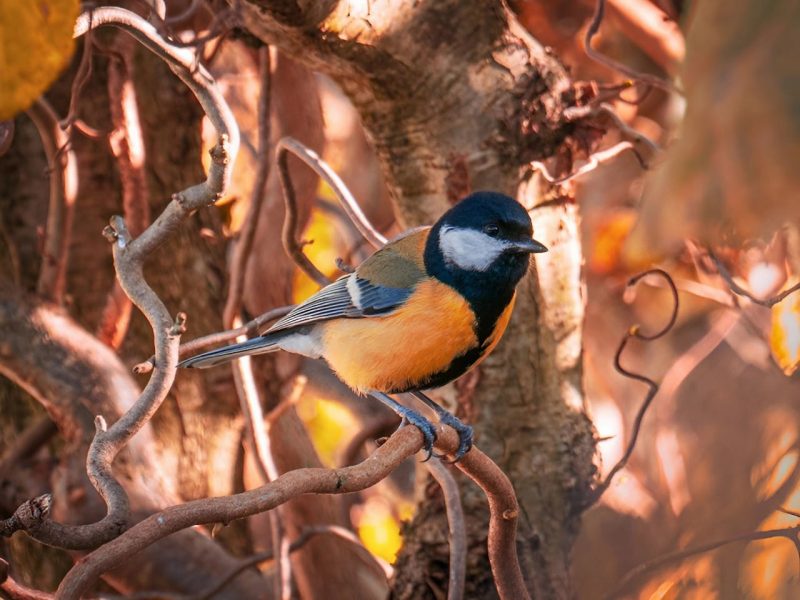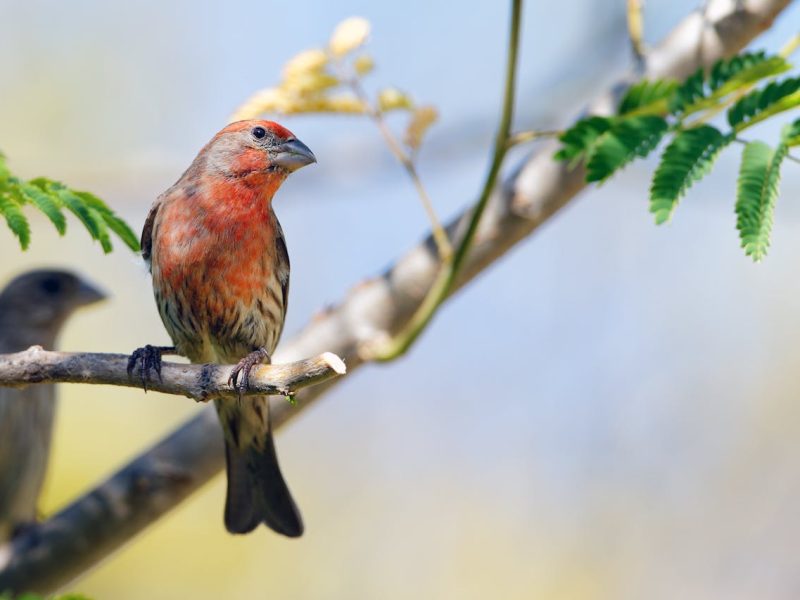Summer can be a challenging time for birds. High temperatures, lack of water sources, and food scarcity can threaten their well-being. As a bird enthusiast, I’ve witnessed these struggles firsthand.
One scorching day, I noticed a group of house sparrows panting heavily, their tiny bodies desperate for respite from the relentless heat. That moment sparked a commitment to learning how to support our feathered friends during the summer months.
Providing Water Sources
Access to clean water is crucial for birds in summer. They need it for hydration, as well as for bathing to cool themselves. Hummingbirds, in particular, are highly dependent on water sources due to their rapid metabolism and high body temperature.
Creating water sources is a simple yet effective way to help birds beat the heat. Bird baths are a classic option, but you can also set up misters, drippers, or shallow dishes filled with fresh water.
When placing these water sources, consider areas that offer partial shade and are visible to birds.
Cleanliness is key. Stagnant or contaminated water can harbor bacteria and diseases, posing a health risk to birds. Regularly cleaning and refilling water sources is essential, and using safe materials free from chemicals is advisable.
Offering Appropriate Food Sources
During summer, natural food sources like insects, berries, and seeds can become scarce. This scarcity coincides with the demanding period of raising young, making supplemental feeding crucial.
Seed feeders stocked with a variety of seeds (sunflower, millet, and nyjer) will attract a diverse range of birds. Suet feeders filled with high-energy suet cakes or crumbles are also invaluable, especially for insect-eating birds.
Don’t forget about hummingbird feeders filled with a nectar solution (one part sugar to four parts water). Fruit feeders loaded with sliced oranges, melons, or grapes can be a refreshing treat.
When setting up feeders, consider placement in shaded areas with good visibility for birds. Regular cleaning and refilling schedules are essential, as is implementing squirrel-proofing techniques to ensure the food reaches its intended recipients.
Creating Shelters and Nesting Spots
The shelter is vital for birds during the summer months. Dense foliage and nesting cavities protect from the intense heat and sun, as well as safe nesting sites for breeding.
Birdhouses and nesting boxes tailored to specific species can be excellent additions to your yard or garden. Proper placement and monitoring are crucial for their success.
If you prefer a more natural approach, planting dense shrubs, creating brush piles, or constructing log structures can provide suitable shelter and nesting spots.
Providing a Bird-Friendly Garden
Cultivating a diverse, bird-friendly garden can be a rewarding endeavor. Flowering plants like bee balm, sunflowers, and zinnias offer nectar sources for hummingbirds and other pollinators.
Fruiting plants and bushes like elderberry, serviceberry, and sumac provide food for many bird species.
Aim for a layered habitat with ground cover, shrubs, and trees of varying heights. Include water features like small ponds or fountains, and leave some areas untidy with leaf litter and dead branches, which provide nesting materials.
However, avoid practices that can harm birds, such as using pesticides, herbicides, and over-pruning shrubs during nesting season.
Dealing with Potential Hazards
While creating a welcoming environment for birds, it’s essential to address potential hazards. Outdoor cats pose a significant threat, so keeping them indoors or deterring strays is crucial.
Other predators like hawks or snakes may also require deterrents or safe nesting areas away from their reach.
Window strikes are another concern, as birds often fail to recognize glass as a barrier. Using deterrents like decals, screens, or hanging objects near windows can help prevent collisions and encourage safe flight paths.
Be mindful of outdoor hazards like toxic substances, litter, or debris that could harm birds. Regular maintenance and cleanup can help ensure a safe environment.
Engaging in Citizen Science
Participating in citizen science initiatives is a great way to contribute to bird conservation efforts while enjoying your hobby. Platforms like eBird allow you to report bird sightings and contribute valuable data to researchers.
Consider joining local bird-watching groups or attending community events focused on bird conservation. Volunteering for habitat restoration projects can also positively impact the well-being of birds in your area.
Additional Tips and Resources
Learning about birds and their needs is an ongoing journey. Explore books, online resources, and local birding clubs or organizations to deepen your knowledge and connect with like-minded individuals.
Even small efforts can make a significant difference. Encouraging neighbors and community members to implement bird-friendly practices can amplify the impact and create a more welcoming environment for our feathered friends.
In Summary
Supporting birds during the summer season requires a multifaceted approach. By providing water sources, offering appropriate food, creating shelters and nesting spots, cultivating a bird-friendly garden, addressing potential hazards, and engaging in citizen science efforts, we can collectively contribute to the well-being of these remarkable creatures.



